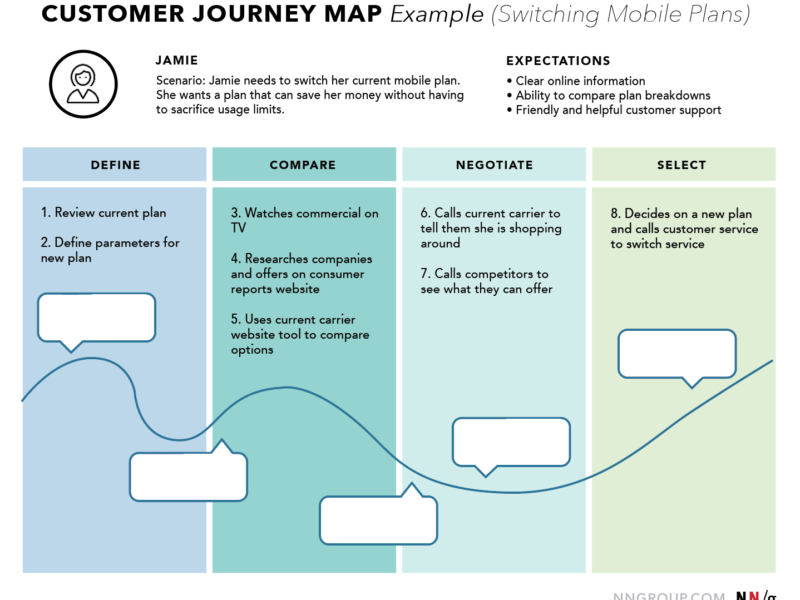The Inevitable Reality: Users Will Err
As digital experiences permeate every facet of modern life—from booking flights to managing healthcare—a universal truth persists: human error is unavoidable. Consider these pivotal moments:
A financial analyst accidentally transfers $5,000 to the wrong account due to an autocomplete error.
A nurse in a busy hospital taps the wrong medication dosage on a tablet interface.
An elderly user permanently deletes family photos while navigating an unfamiliar cloud storage interface.
These aren’t hypotheticals—they’re daily occurrences with tangible consequences. Tolerance in UX design is the strategic framework that transforms these moments of failure into opportunities for trust-building. At its core, it acknowledges that errors will occur and deliberately architects systems to mitigate their impact through prevention, recovery, and learning.
1 Why Tolerance Isn’t Optional: Business, Ethics, and Compliance
The Cost of Intolerance
Economic impact: A 2-second delay in load time increases bounce rates by 103% 6. Cart abandonment rates soar to 69.8% when users encounter opaque error states during checkout.
Legal mandates: The European Accessibility Act (EAA) now requires WCAG 2.1 AA compliance for digital services by June 2025, with fines up to €250,000 for violations. Similar regulations exist under the ADA in the U.S. and AODA in Canada.
Brand erosion: 88% of users abandon sites after one catastrophic error experience.
The Ethical Imperative
Tolerance aligns with inclusive design philosophy. When interfaces forgive, they accommodate:
Neurodiverse users prone to attention lapses
Motor-impaired users struggling with precise touch targets
Novices navigating complex transactional flows
“Inclusive design isn’t about disability—it’s about usability. When we design for extremes, everyone benefits.”
—Kat Holmes, Mismatch: How Inclusion Shapes Design
2 Error Taxonomy: Slips vs. Mistakes – Diagnosis and Design Responses
Donald Norman’s seminal classification remains critical for targeted solutions:
Error Types and Mitigation Strategies
| Error Type | Cause | Prevention Tactics | Recovery Mechanisms |
|---|---|---|---|
| Slips (Unintended actions) | Hasty tapping, muscle memory failures | – Progressive disclosure – Inline validation – Gesture confirmation dialogs | – One-tap undo actions – Autosave with version history |
| Mistakes (Incorrect mental models) | Misunderstanding system rules | – Contextual onboarding – Predictive guidance (e.g., Otter.ai’s AI suggestions) – Metaphor alignment (e.g., banking “envelopes” for budgeting) | – Educational tooltips triggered by errors – Safe-mode sandboxes for experimentation |
Real-World Failure Analysis
Google Calendar’s 40-minute meeting limit for free accounts exemplifies mistake vulnerability. Users unaware of this constraint schedule hour-long meetings, resulting in abrupt disconnections—a failure of system transparency.
3 The Tolerance Framework: Prevention, Recovery, Resilience
1: Prevention – Architecting Error-Resistant Flows
Cognitive Load Reduction:
Chunking: Break forms into multi-step sequences (e.g., TurboTax’s interview approach)
Progressive Disclosure: Jitter’s Figma plugin reveals instructions contextually, avoiding overwhelm
Constraint Design:
Date pickers that disable past dates for future bookings
Transfer limits on banking apps with confirmation thresholds
Predictive Safeguards:
AI-driven pattern detection (e.g., Datadog’s anomaly alerts for form abandonment spikes)
2: Graceful Recovery – The Art of Damage Control
Communicate with Empathy:
Avoid: “ERROR CODE 5B23111: Invalid input”
Implement: “That password is too short. Please include 8+ characters with a mix of letters and numbers.”
Recovery Pathways:
Immediate: Undo actions persisting for 7+ seconds (Gmail’s “Message sent” recall bar)
Deferred: Recovery codes for 2FA systems (Basecamp’s Von Restorff Effect visual highlighting)
Destruction Friction:
Archive → 30-day holding period → Permanent deletion (Dropbox’s phased removal)
3: Resilience – Designing Beyond Recovery
Data Continuity:
Autosave intervals ≤ 30 seconds (Google Docs’ version history)
Stress-Test Protocols:
Chaos engineering for UX: Deliberately triggering edge cases during usability testing
Forgiveness Analytics:
Track recovery success rate and error recurrence probability as core health metrics
4 Tool Ecosystem: Implementing Tolerance at Scale
Error Diagnostics Suite
| Tool | Use Case | Tolerance Feature | Pricing |
|---|---|---|---|
| Sentry | Full-stack error tracking | Session replay + user feedback widgets | $26+/month |
| LogRocket | Mobile/web session analysis | Heatmaps for misclick zones | $69+/month |
| Userlytics | Pre-launch validation | ULX® Score benchmarking across 18 UX attributes | $34/session |
| Adobe XD | Prototyping | Auto-animate for undo state simulations | Included in Creative Cloud |
Accessibility Enforcement
Stark (WCAG contrast checks)
Axe DevTools (Automated compliance auditing)
Input: Heuristic evaluation reports
Output: Compliance scorecards for EAA/ADA
5 Implementation Blueprint: From Theory to Practice
Team Workflow Integration
Research Phase:
Conduct cognitive walkthroughs with high-risk user personas
Tools: UserTesting’s panel recruitment (2M+ participants)
Design Phase:
Map error corridors in journey maps (e.g., checkout flow fragility points)
Apply anti-pattern libraries: Avoid destructive irreversible actions
Development Phase:
Implement error logging with severity tiers (Critical/High/Medium)
Configure real-time alerts via PagerDuty/Slack integrations
QA Phase:
Fuzz testing: Automated erroneous input injection
Disability simulations: Voice control + screen reader stress tests
Technical Debt Management
Input: Legacy system audit reports
Output: Tolerance scorecard prioritizing:
High-impact recovery gaps (e.g., payment reversal absence)
Accessibility violations (e.g., color contrast < 4.5:1)
Cognitive overload hotspots (e.g., medical app consent forms)
6 The Future: AI, Quantum Interfaces, and Adaptive Tolerance
Emergent Technologies
Generative Recovery: ChatGPT-powered error resolution (e.g., “Describe what went wrong → Get fix instructions”)
Biometric Adaptation: Stress-detection via camera reduces interface complexity during user frustration
Predictive Forgiveness: ML models preemptively disabling controls during error-prone contexts (e.g., financial apps locking transfers post-midnight)
Ethical Guardrails
Avoid over-tolerance that enables reckless behavior (e.g., unlimited payment retries enabling fraud)
Balance forgiveness with accountability through just-in-time education
Conclusion: Tolerance as Competitive Advantage
In 2025, digital experiences aren’t judged by their peak performance—but by their failure resilience. The most advanced AI, the sleekest animations, the most elegant workflows mean nothing if they collapse at the first human stumble.
Actionable Takeaways
Audit one critical user journey this week using the slip/mistake taxonomy
Implement at least one recovery pathway (e.g., 7-second undo)
Monitor recovery success rate as a KPI alongside conversion
“Designing for forgiveness isn’t cosmetic—it’s foundational. The difference between delight and disaster often hinges on a single, well-considered ‘Oops, let’s fix that.'”
Further Study
Norman, Don. The Design of Everyday Things: Chapter 5 – “Human Error? No, Bad Design”
IBM’s Enterprise Design Thinking: Error Prevention Kit
WCAG 2.2 Guidelines: Error Input Resolution (Level AA)
Design not for the ideal path, but for the human journey—stumbles included.


